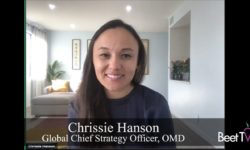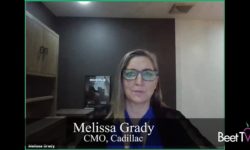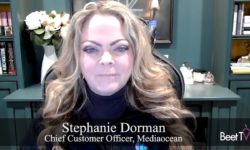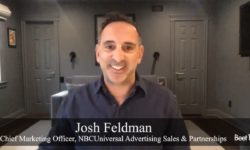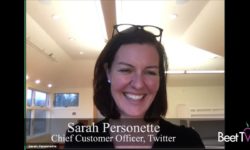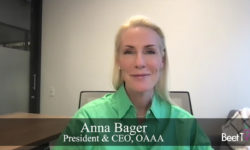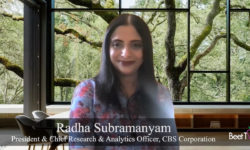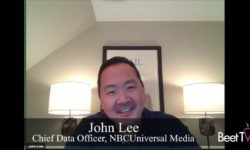Once upon a time, it was the dumb box in the corner of the room.
Now, thanks to digitization and internet connection, the humble TV is collecting vast quantities of audience data, usable for ad targeting.
In this panel discussion, three executives at the coalface of the quest for TV ad data tell Beet.TV editorial advisor Jon Watts how they see the landscape developing.
- Jessica Hindlian, SVP, Identity & Partnerships, TVSquared.
- Andre Swanston, SVP, Media & Entertainment Vertical, TransUnion.
- Dan Aversano, SVP, Data, Analytics & Advanced Advertising, Univision
From test to tech
Univision’s Aversano says the questions have been answered – next comes realization.
“It’s no longer about testing,” he says.” The real question now is, ‘how do we operationalize this in a way where this is 80, 90% of the way we do business instead of 10 to 20%?’.
“At Univision, this is what we’ve been focused on for the last six months – literally reengineering or rearchitecting our technology roadmap so that, in the next two to three years, everything is about precision and aggregation at scale.”
Rediscovering dollars
TVSquared’s Hindilan says the industry and the vendor community must work together to restore lost ad spend, especially in local TV.
“That is where the most dollars bled the most quickly out of that part of the market into digital media, like Facebook and Google,” she says.
“We need to make it as easy as possible to get that for our customers and our our clients … so that they are having this, you know, this optimization cycle that we all want see happen. At the end of the day, that’s how the money starts to return.
“Collaboration … is not optional, not if we want to keep the money in this part of the market. What will be interesting is watching how fast we can continue this process of collaboration and sharing information over the next couple of years.”
Data enables new players
TransUnion’s Swanston says audience data could be “a great equalizer” for advertisers and smaller TV platforms.
“First-party data is amazing (but) the reality is, the overwhelming majority of the targeting that happens across connected TV or streaming audio and other mediums is, you still using third party data,” he says.
“Back in 2016, we couldn’t convince most of the agencies to advertise on (OTT platforms). They would say, ‘oh, we only want premium’
“What data is able to show, is ‘what is considered premium?’ If it’s viewable and it’s the 18 to 34 year old household with in-market for a pickup truck and you’re advertising for a pickup truck, is that not ‘premium’?”
You are watching “Advertising Transformation: What’s Next for Converged TV and Video,” a Beet.TV Virtual Leadership Summit presented by Mediaocean. For more videos, please visit this page.






